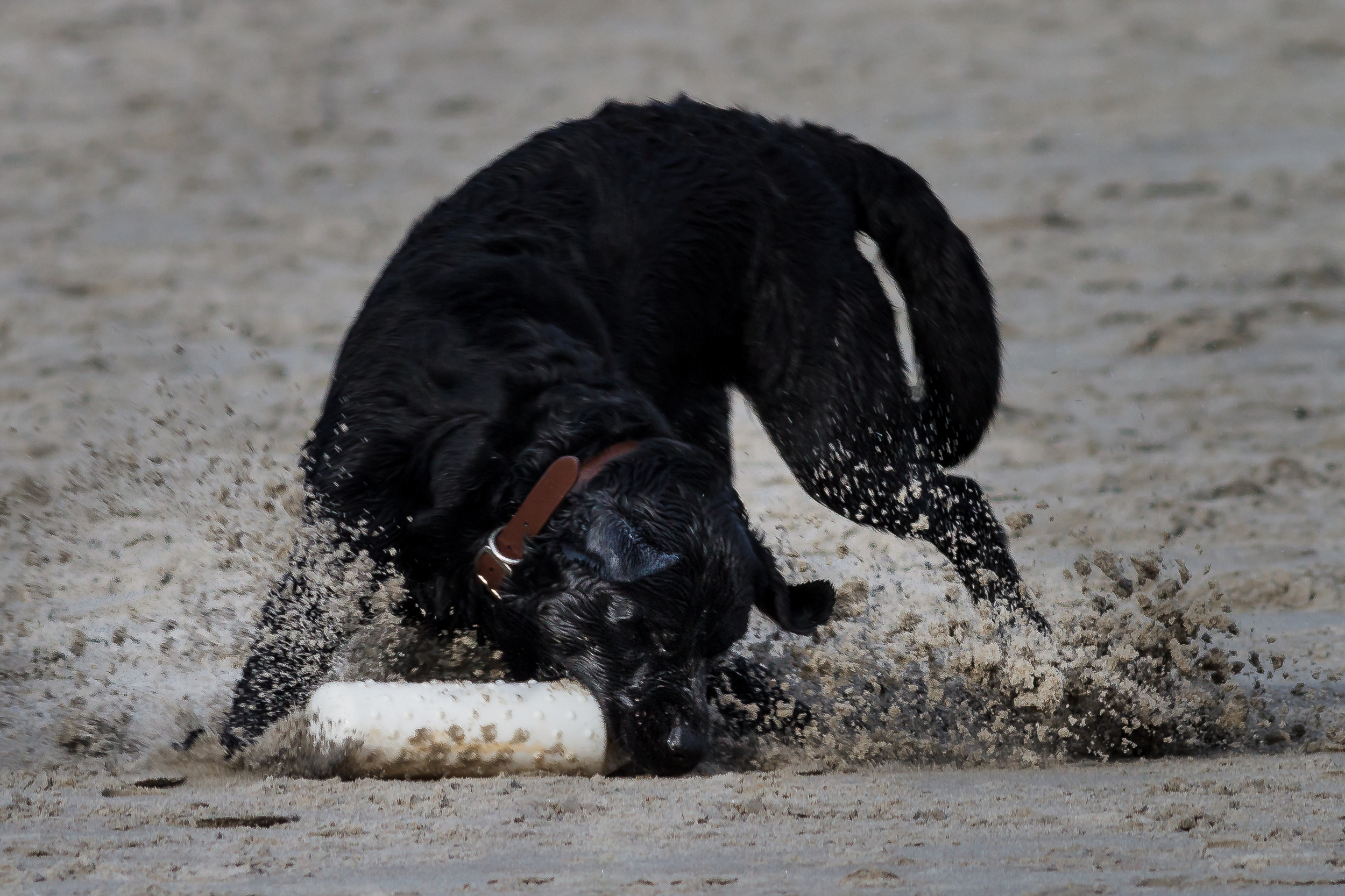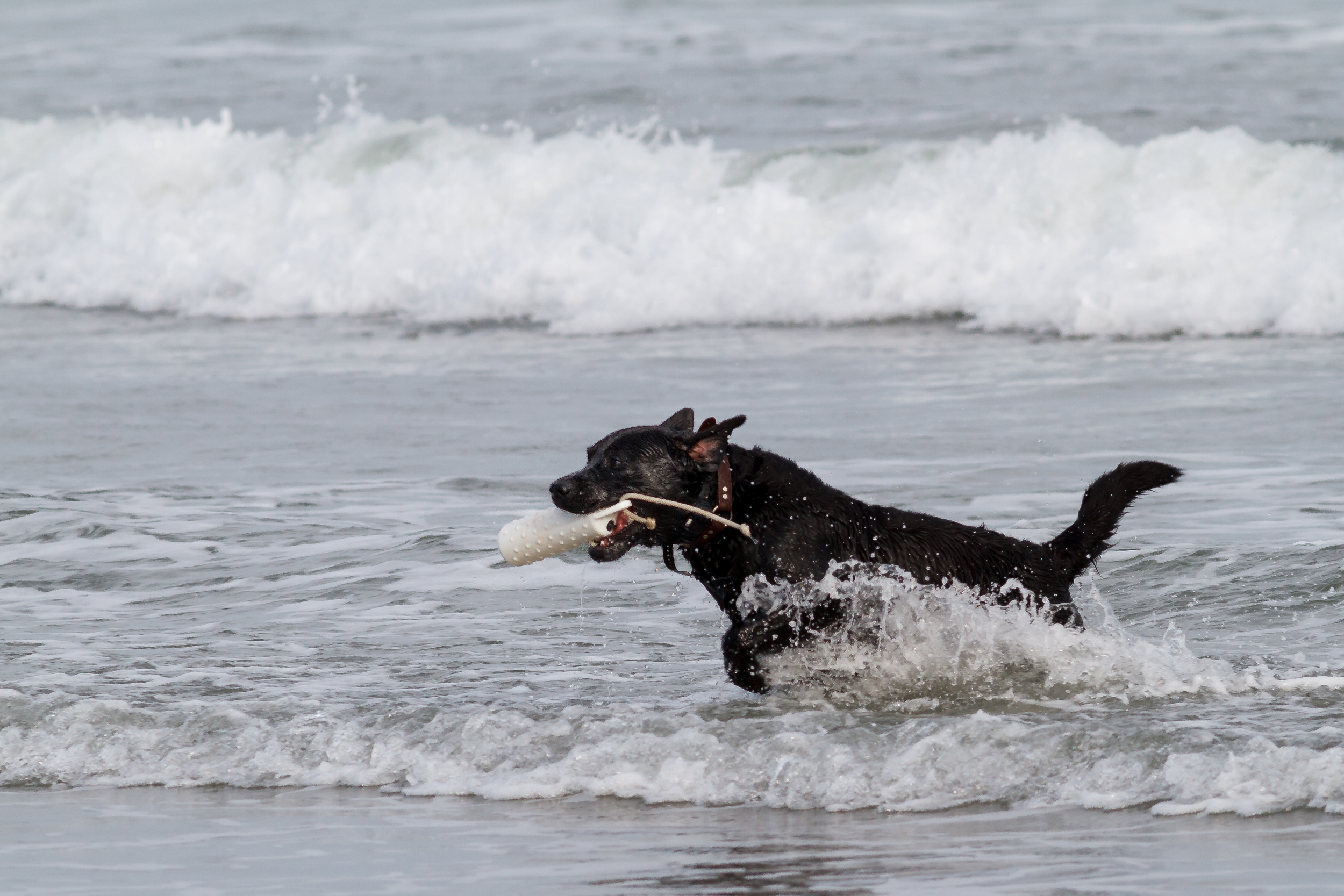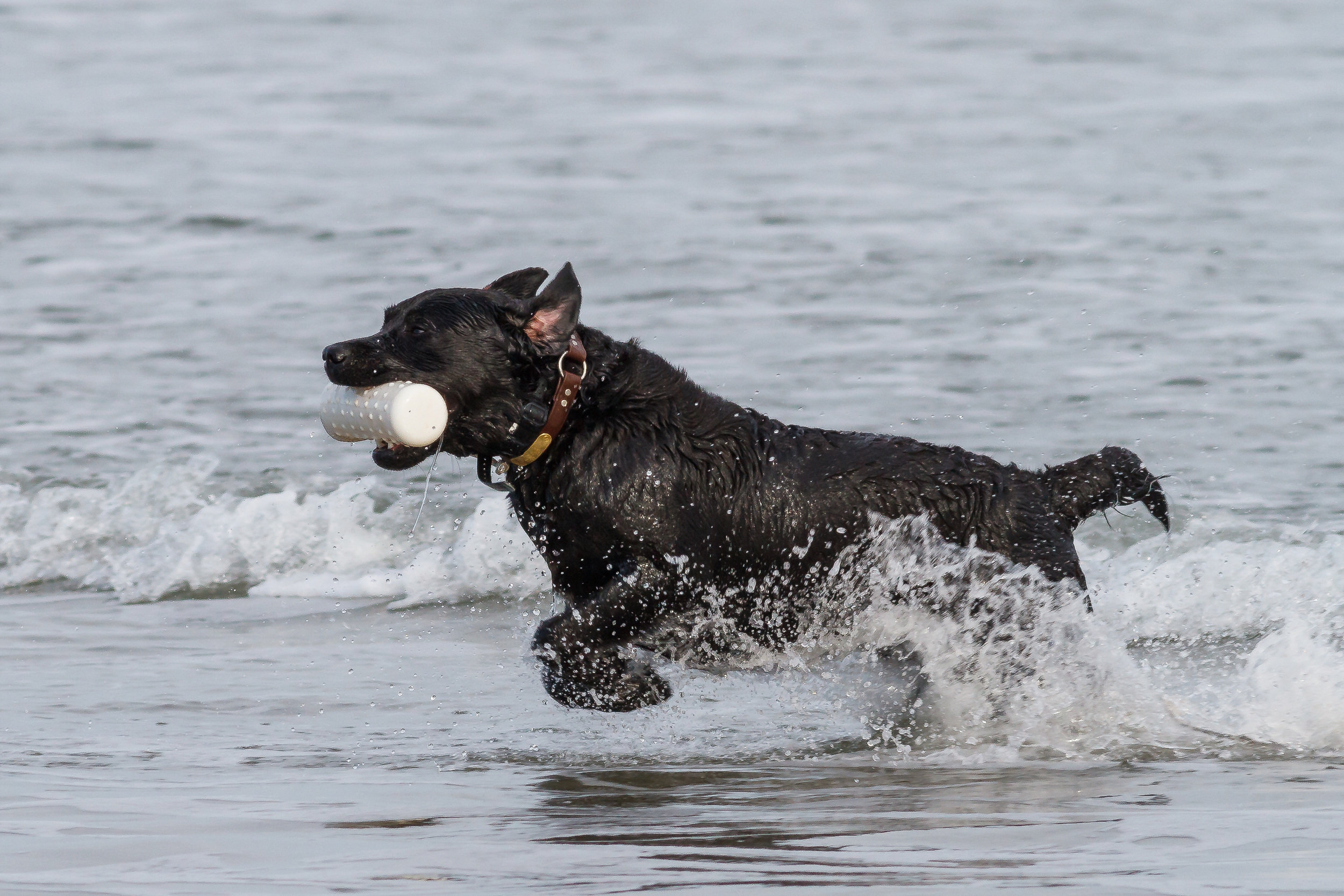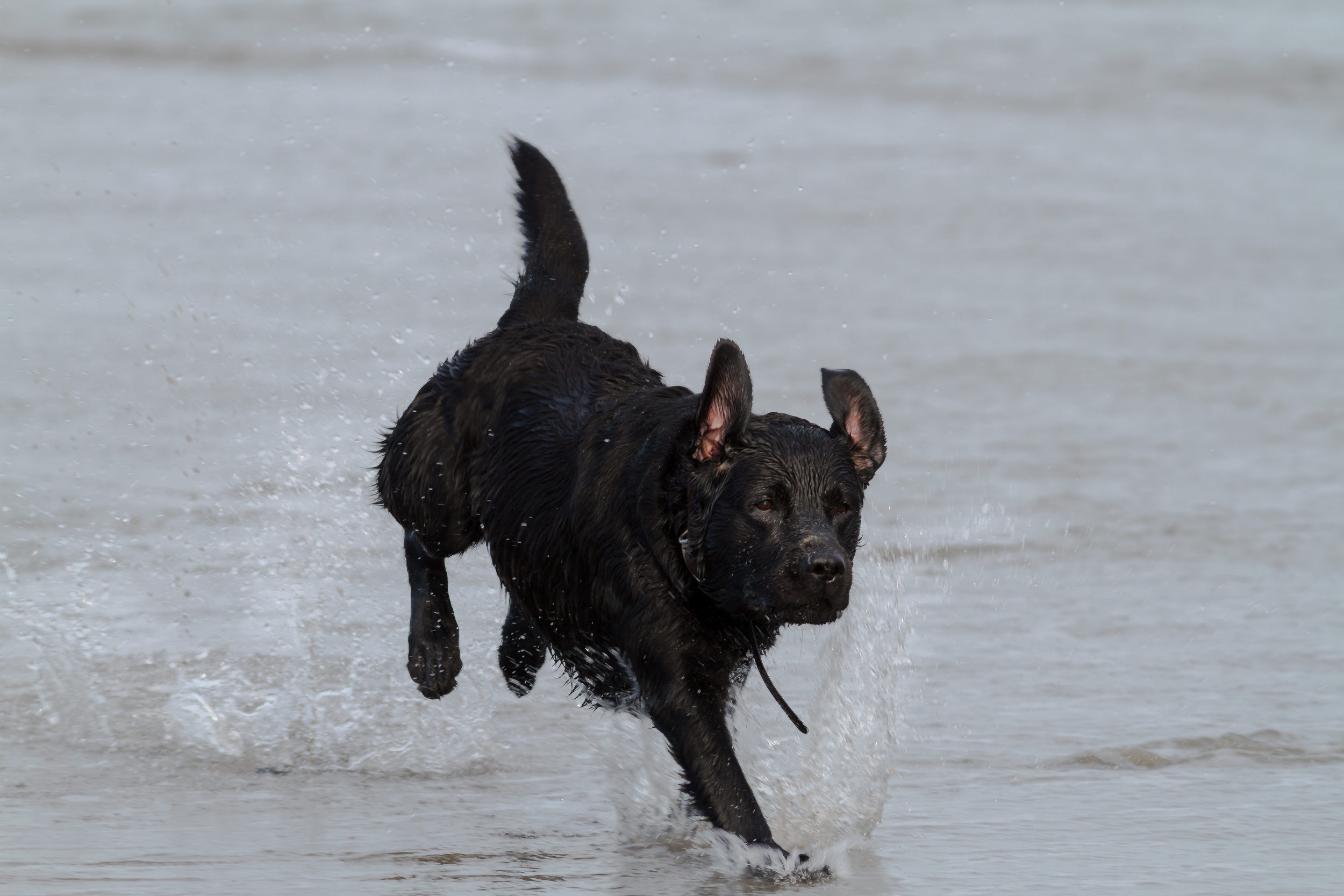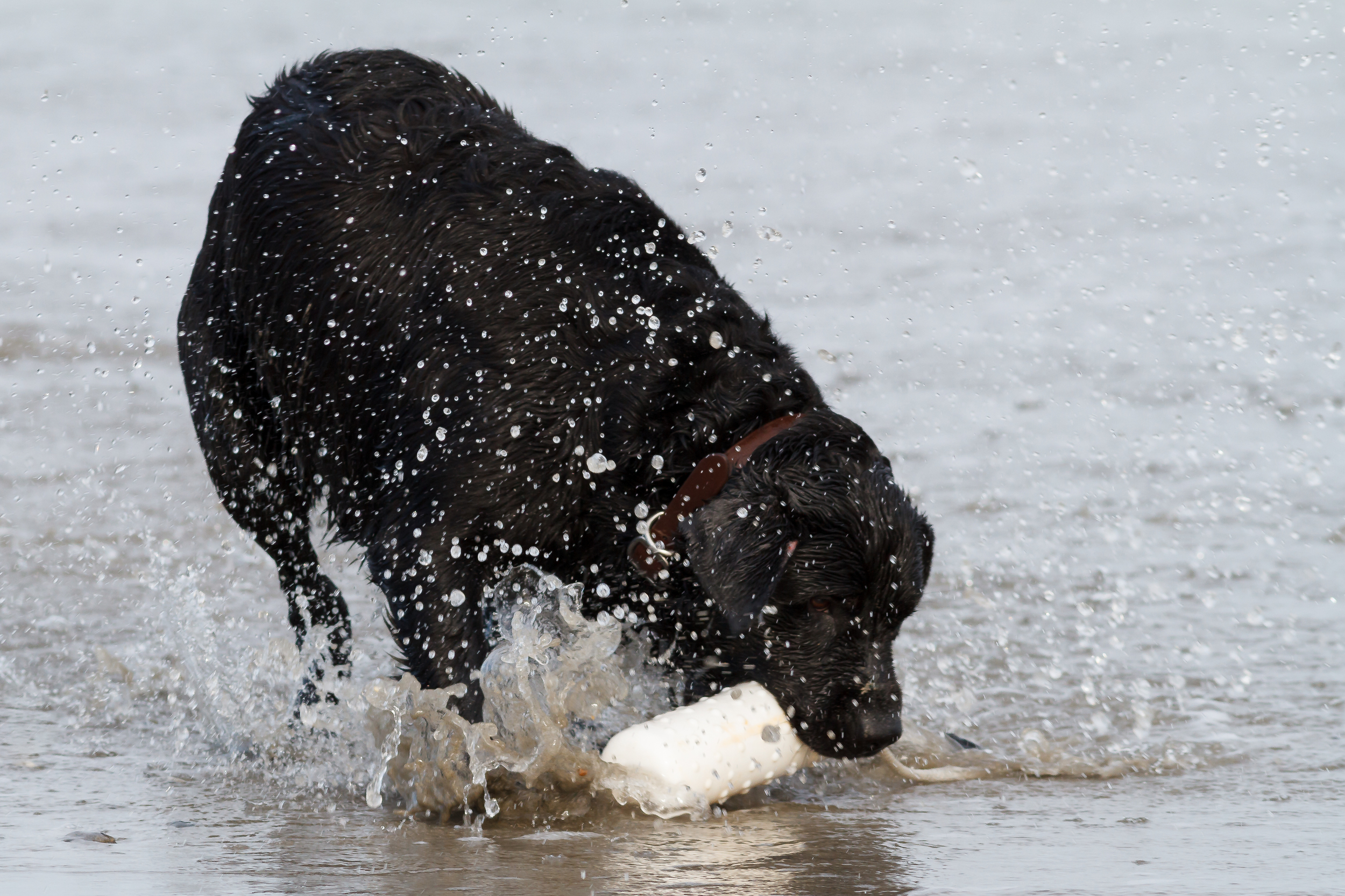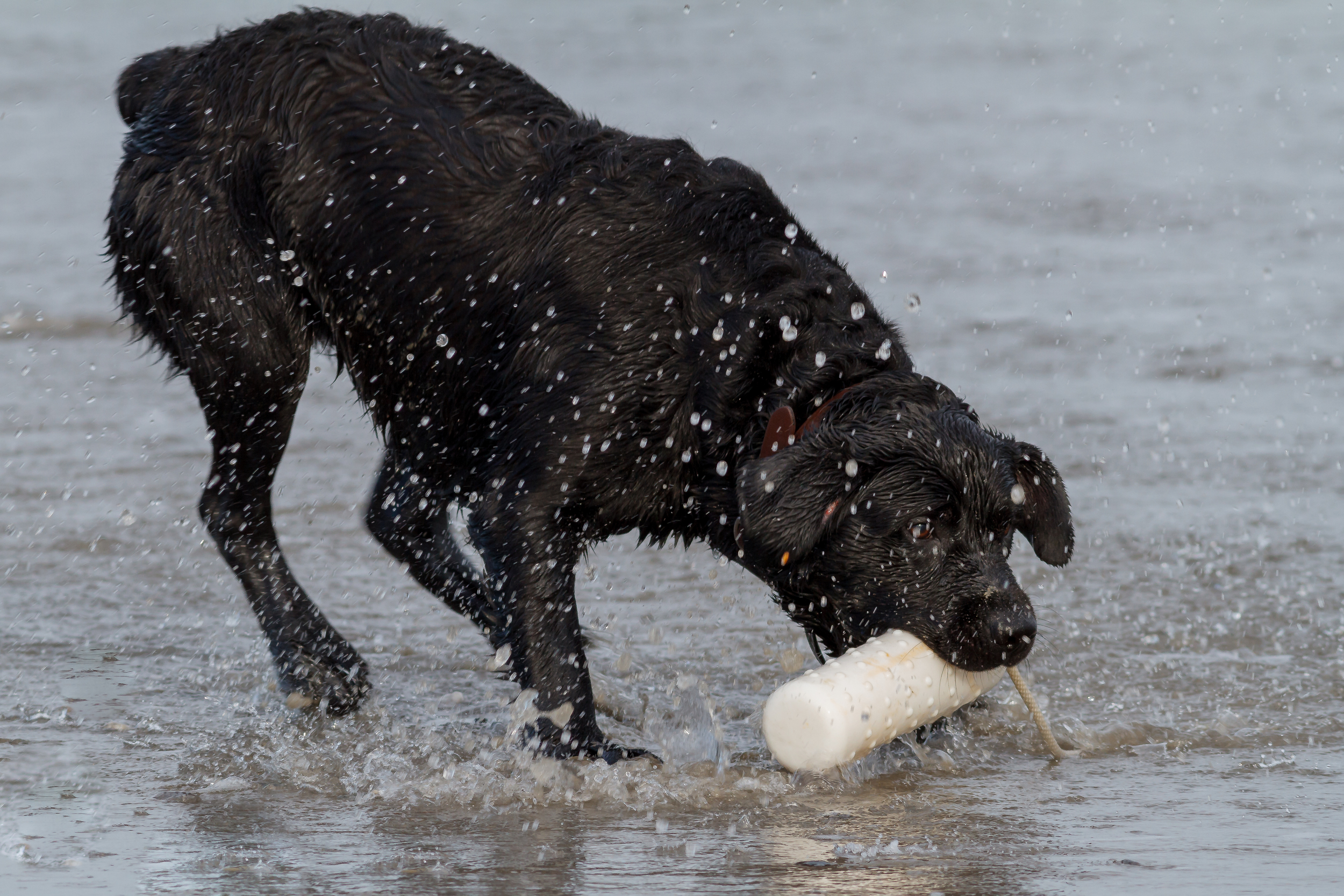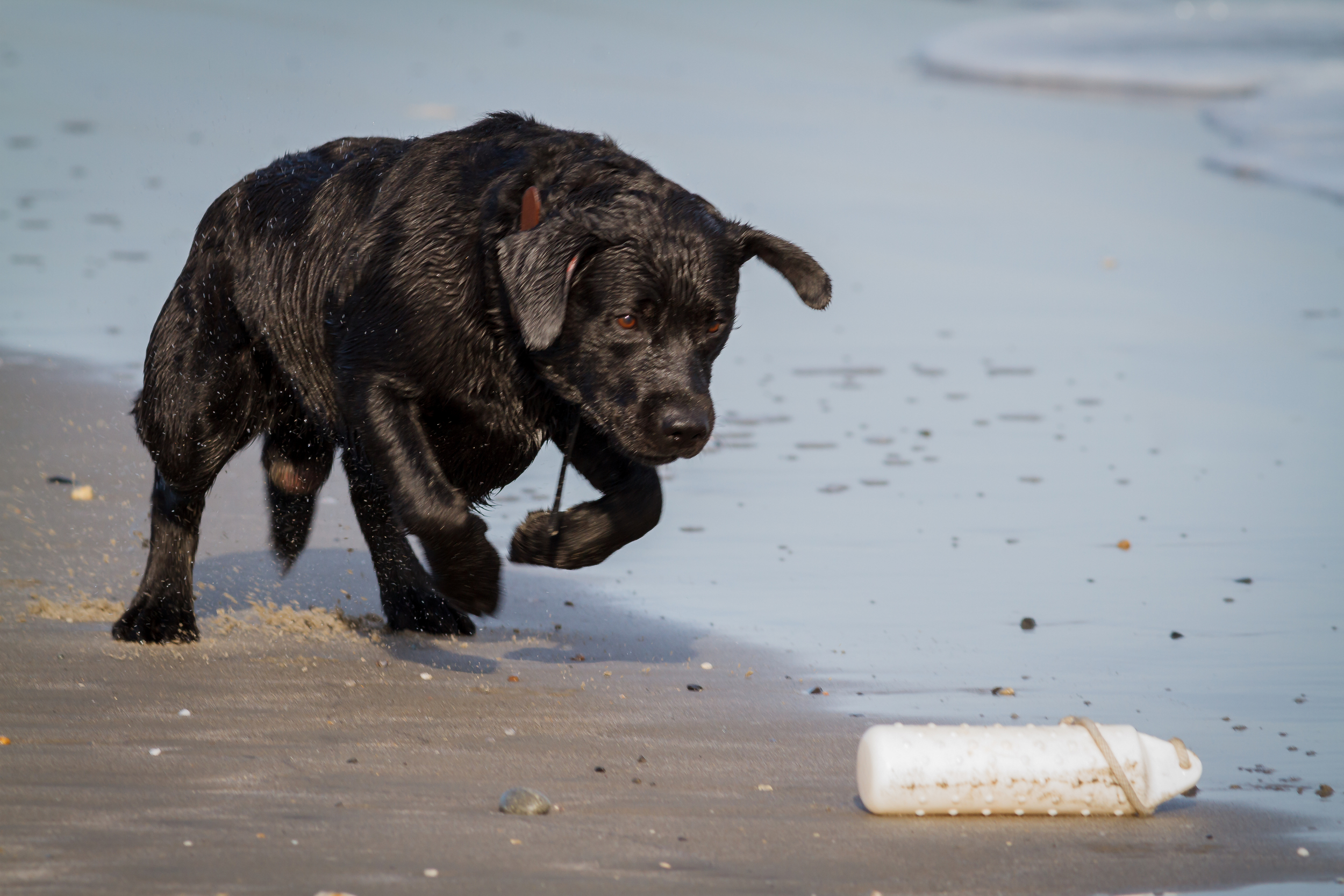What is Depth of Field in Photography?
Gary Detonnancourt
Depth of field (DOF) is an important concept to understand when it comes to photography. It refers to the area of a photograph that appears sharp and in focus. The depth of field can be used to create dramatic and visually appealing photos by controlling what parts of the image are in focus and what parts are blurred out.
How Aperture, Focal Length, and Camera Settings Affect Depth of Field
Aperture is one of the most important factors when it comes to controlling depth of field. Aperture refers to the size of the opening in your lens, that allows light into your camera. A larger aperture will result in a shallow depth of field, while a smaller aperture will result in a deeper depth of field.
Focal length also affects depth of field; longer focal lengths (such as telephoto lenses) tend to have shallower depths of field than shorter focal lengths (such as wide-angle lenses). Additionally, camera settings such as ISO and shutter speed can also affect the depth of field; higher ISO values and faster shutter speeds tend to result in shallower depths of field.
Tips for Utilizing Depth Of Field
When using depth of field creatively, it’s important to consider how you want your photo to look before you start shooting. If you want everything in your photo to be sharp and in focus, then you should use a small aperture, a low ISO value, and a slower shutter speed. On the other hand, if you want only part of your photo to be sharp and in focus (such as the subject), then you should use a large aperture with higher ISO values or faster shutter speeds. This will help blur out any distracting elements that may take away from the main subject.
Additionally, when working with shallow depths of field, it’s important to pay attention to where you place your focus point; this will determine which part(s) are sharp and which part(s) are blurred out. You can also experiment with different angles or perspectives when shooting; this can help create interesting compositions that utilize shallow depths of field effectively.
Common Mistakes To Avoid & Post-Production Techniques
One common mistake when working with shallow depths of field is focusing on the wrong element; make sure that whatever you choose as your focus point is actually what you want people’s eyes drawn towards! Additionally, if there are any distracting elements that don’t fit within your composition, they can often be corrected or removed during post-production techniques such as cropping or retouching.



